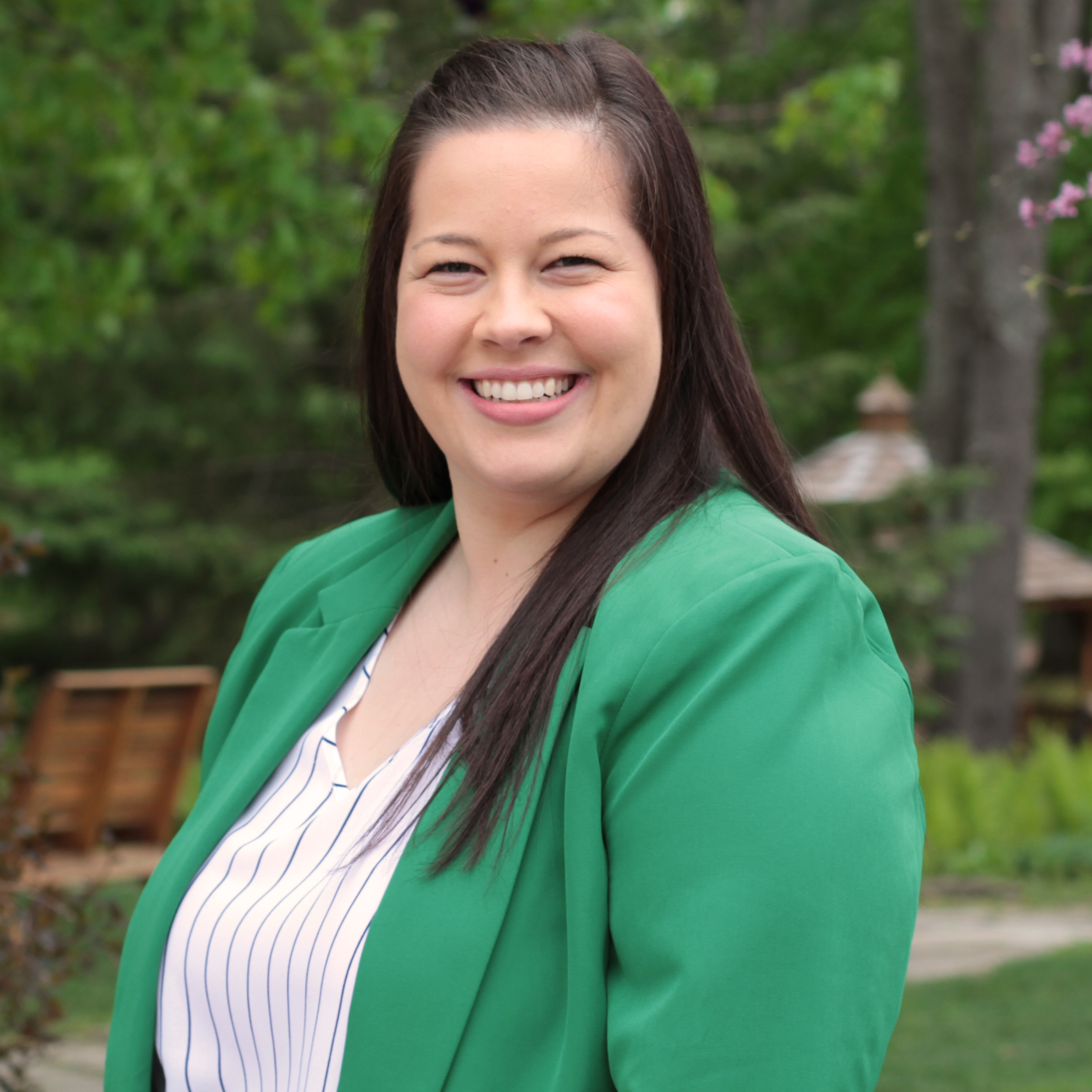Suicide and Self-Injury
Implementation of a brief intervention to address suicidal thoughts and behaviors in a pediatric primary care setting: Feedback and lessons learned during a feasibility and acceptability study
(PS11-63) Implementation of a Brief Intervention to Address Suicidal Thoughts and Behaviors in a Pediatric Primary Care Setting: Feedback and Lessons Learned During a Feasibility and Acceptability Study
- EB
Erica Buckland, B.A.
Research Coordinator
Baylor College of Medicine
Houston, Texas, United States 
Lucas Zullo, Ph.D. (he/him/his)
Assistant Professor
Thomas Jefferson University
Philadelphia, Pennsylvania, United States- JH
Jennifer L. Hughes, M.P.H., Ph.D. (she/her/hers)
Associate Professor
Nationwide Children's Hospital
Columbus, OH, Ohio, United States - ES
Eric A. Storch, Ph.D.
Professor and Vice Chair of Psychology
Baylor College of Medicine
Houston, Texas, United States - MT
Madhukar H. Trivedi, M.D.
Professor of Psychiatry, Chief of the Division of Mood Disorders, Director of the CDRC
Children’s Health – Children’s Medical Center/University of Texas Southwestern Medical Center
Dallas, Texas, United States - LW
Laurel L. Williams, M.D.
Professoe
Baylor College of Medicine
Houston, Texas, United States - JA
Joan Asarnow, ABPP, Ph.D.
Professor of Psychiatry
UCLA
Los Angeles, California, United States 
Caitlin M. Pinciotti, Ph.D. (she/her/hers)
Assistant Professor
Baylor College of Medicine
Houston, Texas, United States
Author(s)
Co-Author(s)
Texas youth have a 66% higher yearly incidence of suicide attempts compared to the national average, and the state ranks last in the United States for access to mental health care. As a result of underfunded and understaffed suicide prevention resources in the state, many youths and families struggle to find appropriate, geographically relevant mental health care. Primary care providers (PCPs) are uniquely positioned to be the first line of defense for identifying and addressing youth suicidality; around 88% of youth and adults who die by suicide had seen a PCP in the year before their death, and 42% had visited a PCP in the month leading up to their suicide. Yet, despite urging from organizations such as the American Academy of Pediatrics and Bright Horizons for pediatric practitioners to utilize clinical pathways to address youth suicidality, PCPs often lack training and perceived competence in risk assessment and intervention, express discomfort and reluctance to discuss suicide, and screen inconsistently for suicide risk. To address these issues, we assessed the feasibility and acceptability of Safe Alternatives for Teens and Youth-Acute (SAFETY-A), a brief developmentally informed, strengths-based cognitive-behaviorally oriented therapeutic assessment and intervention aimed at decreasing risk in youths after suicidal episodes as adapted for primary care settings. Feasibility and acceptability was measured using mixed methods in a sample of sixty-eight PCPs from six different regions across Texas who agreed to participate and underwent SAFETY-A training. Prior to SAFETY-A training, 83.3% of PCPs indicated that they had not received sufficient training in suicide risk assessment and risk reduction/intervention. PCPs reported significant improvement from pre- to post-training in their perceived knowledge and skills in suicide risk assessment and risk reduction/intervention (t[50] =-10.1, p < 0.001, d = 0.9) and confidence in their ability to conduct suicide risk assessment and risk reduction/intervention (t[50] = -9.5, p < 0.001, d = 0.9). Over half of the PCPs used SAFETY-A with a patient expressing suicidal thoughts or behaviors at least once, with an average of seven uses per PCP, over the course of six months of data collection. In total, SAFETY-A was used 288 times. However, issues with feasibility of training arose, as many PCPs were unable to commit to attending five training sessions. In addition, due to barriers associated with time given an average of 10-15 minutes scheduled for primary care visits, PCPs reported focusing on SAFETY-A components judged to be most critical for particular patients. The next stage of the study aims to incorporate feedback from this pilot study to enhance SAFETY-A training methods and create a scalable, self-sustaining, statewide model to effectively tackle the problem of suicide prevention in Texas.

.png)
